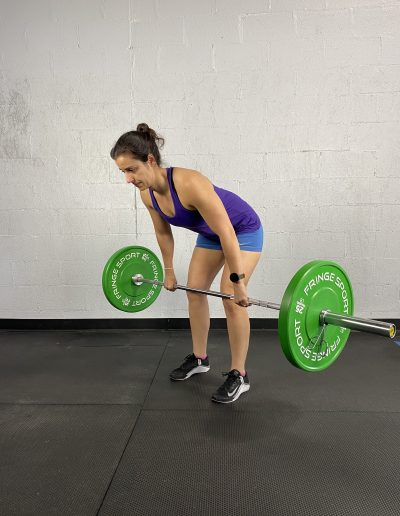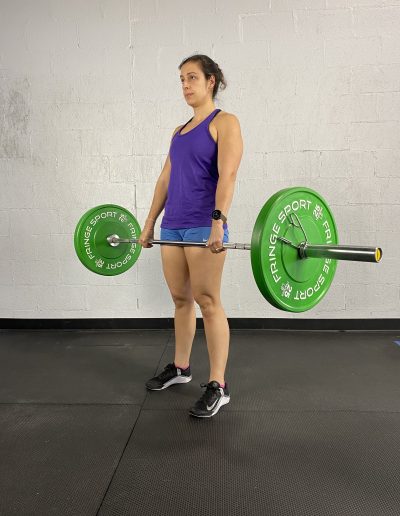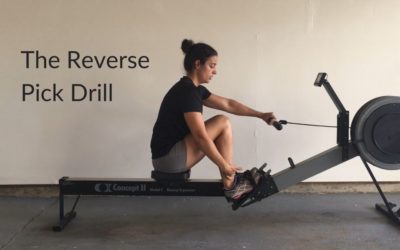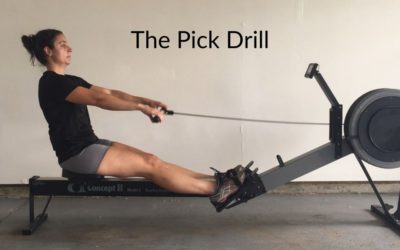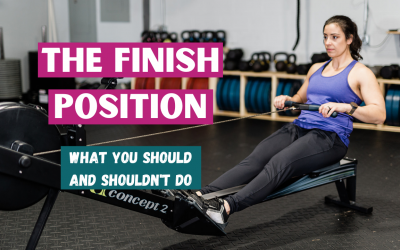Deadlift to Row Better: The Why and How
How in the world can you get better split times on the rowing machine? Maybe you’ve been working on your technique day in and day out, and you’ve reached a point where you’re not seeing progress anymore. Once technique is mostly dialed in, the next biggest way to start getting better is to get stronger.
There are lots of movements out there to build strength. In this post, I’m going to talk about the deadlift in particular. Deadlifting has a lot of parallels with rowing. Similar muscle groups are used so they are easy to relate to each other.
Why Deadlift?
The most basic reason to deadlift is that it’s a functional movement. By functional, I mean that it relates to what you do every day. You pick something up off the ground by deadlifting! Increasing strength with this movement will reduce your likelihood of an injury in your day to day.
In regards to rowing, deadlifting will help you build strength in your hamstrings and lats. Your hamstrings are the same muscles you use when you start the drive of the rowing stroke, so building strong hamstrings will increase your power on the drive. At the start of a deadlift, you want to brace with your lats to help maintain a straight back, and this bracing mimics what you want to do when you drive your legs in your rowing stroke. Being able to brace with your lats is an important skill, and building strength here will only help your rowing. You’ll be able to hang off the handle more efficiently to generate more power into the machine.
Deadlifting will also build strength in your back. Having a stronger back, and learning how to properly engage and brace, will help you protect your back in the repetitive motion that is rowing. The more you’re able to properly deadlift, the better your body will be able to protect itself from the forces you produce when rowing.
How to Deadlift
The Set Up:
1) Hip-width stance
2) Hands outside of your hips – grip can be mixed, or standard.
3) Shoulders slightly in front of the bar
4) Back straight
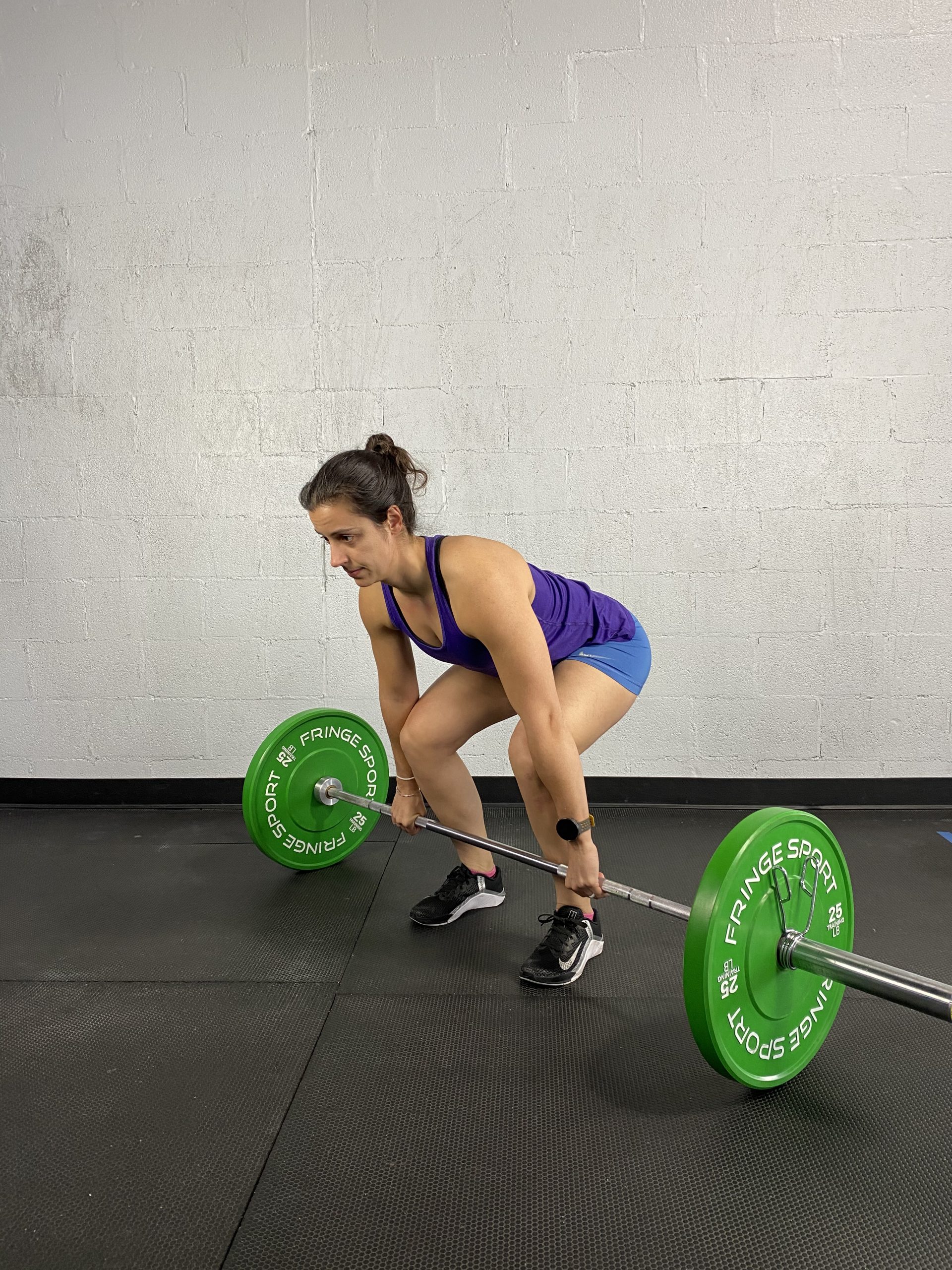
The Ascent:
1) Brace with lats and core
2) Hips and shoulders rise together
3) Bar stays over mid foot
4) Complete at full knee/hip extension
The Descent:
1) Hips back first
2) Keep the bar close
3) Once past the knees, lower with the legs – hips and shoulders should descend together.
How to Incorporate
If you are going to try to start deadlifting, seek out help from a coach to learn proper form. Since heavier weights are involved, it’s critical that you are moving well and protecting your body from injury.
Find a strength program that supports your goals. To focus on gaining strength, you’ll want a program that pushes you to lower rep ranges (1-5 reps) per set at heavier weights. You won’t always be at this rep range every time you lift, but it’s important to work towards it.
It’s also beneficial to mix up how the deadlift is incorporated into your program. Accessory lifts like Romanian deadlifts (RDLs) and single leg RDLs can also help you build strength and body awareness in the movement.
Most importantly, the strength program NEEDS to be progressive to make any gains. Always lifting the same set and reps at the same weight won’t get you stronger. A progressive program will make small changes to continually challenge your body, while having scheduled deload weeks to help you recover (which is really where you make those gains!).
The Reverse Pick Drill
“Isn’t it just the pick drill in reverse?” Not quite, but I can see why that can be confusing! The reverse pick drill is a useful tool to have in your rowing toolbox. It emphasizes correct body positioning, which is super important to have a strong and technically...
The Pick Drill
New to rowing? Need a technique overhaul? I highly suggest starting with the pick drill. The pick drill is useful in a lot of different ways. For beginners, it’s a great way to learn the stroke. You’re not worried about power, just correct movement. For more advanced...
Do’s and Don’ts of the Rowing Finish Position
Today, I'm going to be talking about the finish position. That's going to be the back part of your stroke, where you finish your drive. I'm going to talk about what you want to be doing, and what you want to be on the lookout for when critiquing your own rowing...

